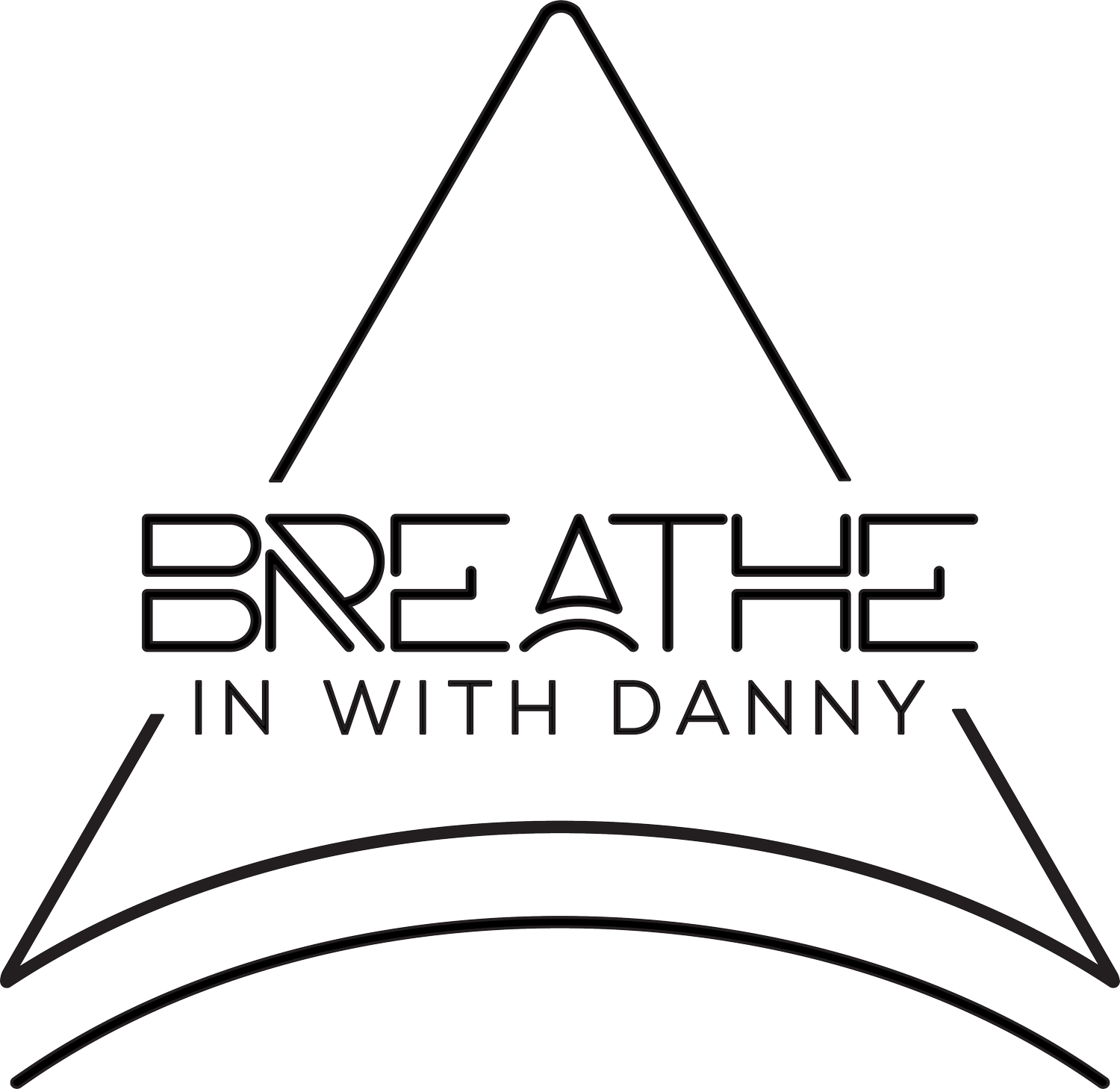Meditation for people who can’t meditate
“I’ve tried meditation, it’s not for me.” I hear that too often, and I may have said it more times than that. Meditation has gotten a bad wrap and a stigma attached to it that may have you envisioning a humming dude wearing a bunch of wooden jewelry who doesn’t believe in soap. If it helps, we don’t even have to call it meditation; we can view it as a breath-led active stress reduction tool. I have failed over and over again attempting to develop a habit of meditation. Even knowing all the benefits and countless studies. A Harvard study by Gaelle Desbordes showed clearly not only does meditation positively affect the mind during the act but continues long after. The findings published in The Harvard Gazette state, “research uses functional magnetic resonance imaging (fMRI), which not only takes pictures of the brain, as a regular MRI does but also records brain activity occurring during the scan. In 2012, she demonstrated that changes in brain activity in subjects who have learned to meditate hold steady even when they’re not meditating. Desbordes took before-and-after scans of subjects who learned to meditate over the course of two months. She scanned them not while they were meditating but while they were performing everyday tasks. The scans still detected changes in the subjects’ brain activation patterns from the beginning to the end of the study, the first time such a change — in a part of the brain called the amygdala — had been detected.” With all the undeniable data clear as day, why couldn’t I just sit down and not think for 5 minutes? Don’t think of a pink elephant; obviously, I know what just came to your mind. That is like telling someone don’t think about your thoughts. You are setting yourself up for failure. Think of a beautiful tree as tall as a building with winding powerful branches and vibrant green leaves; this was a more effective manner of ridding our minds of the pink elephant. We call it an active breath-led meditation instead of instructing to silence your internal dialogue, we dedicate our focus to our breath. We are thinking of the beautiful tree instead of not thinking about the pink elephant. We do this by taking conscious slow belly breaths. Sticking to a set number of seconds for the inhale and exhale is great, or go off how you feel. Generally speaking, slower breathing is better breathing. An example would be inhale for four, hold for four, then exhale for six. Start off doing that for two minutes. Just like anything else in life, the more you do it, the better you will get at it, and the better you get at it, the better it is for you. If you find your thoughts are too loud, let the sound of your breath be louder than your thoughts. World-renowned breath coach and clinical Psychologist Dr. Belisa Vranich taught me “use the exhale to move out any unwanted thoughts or emotions, any fear, any anger, any sadness, any doubt.” Silently repeat to yourself on the inhale “let,” on the exhale “go.” Let yourself float a little higher with each breath and sink a little deeper. The breath leads the mind, and the brain has to follow.


